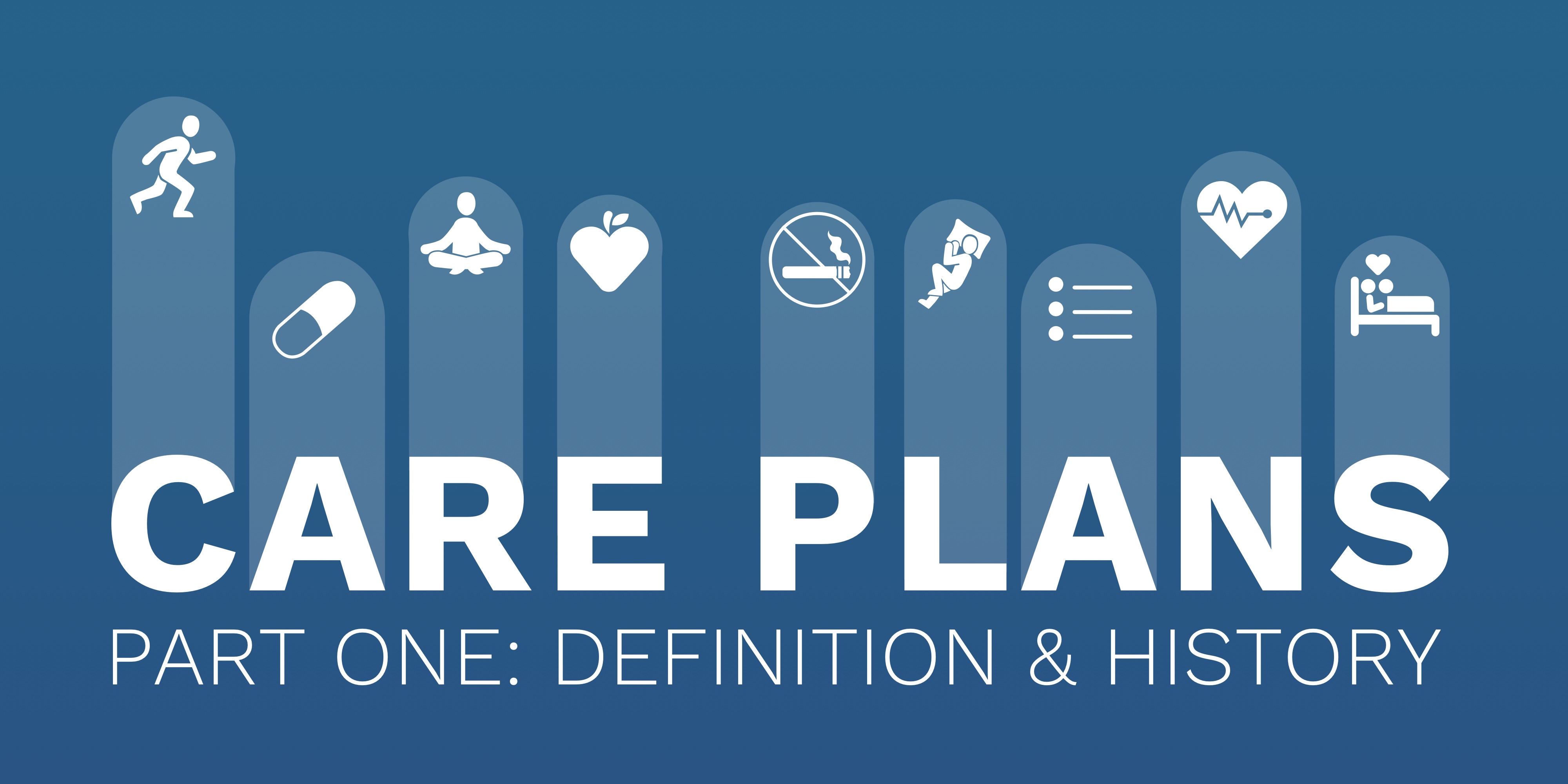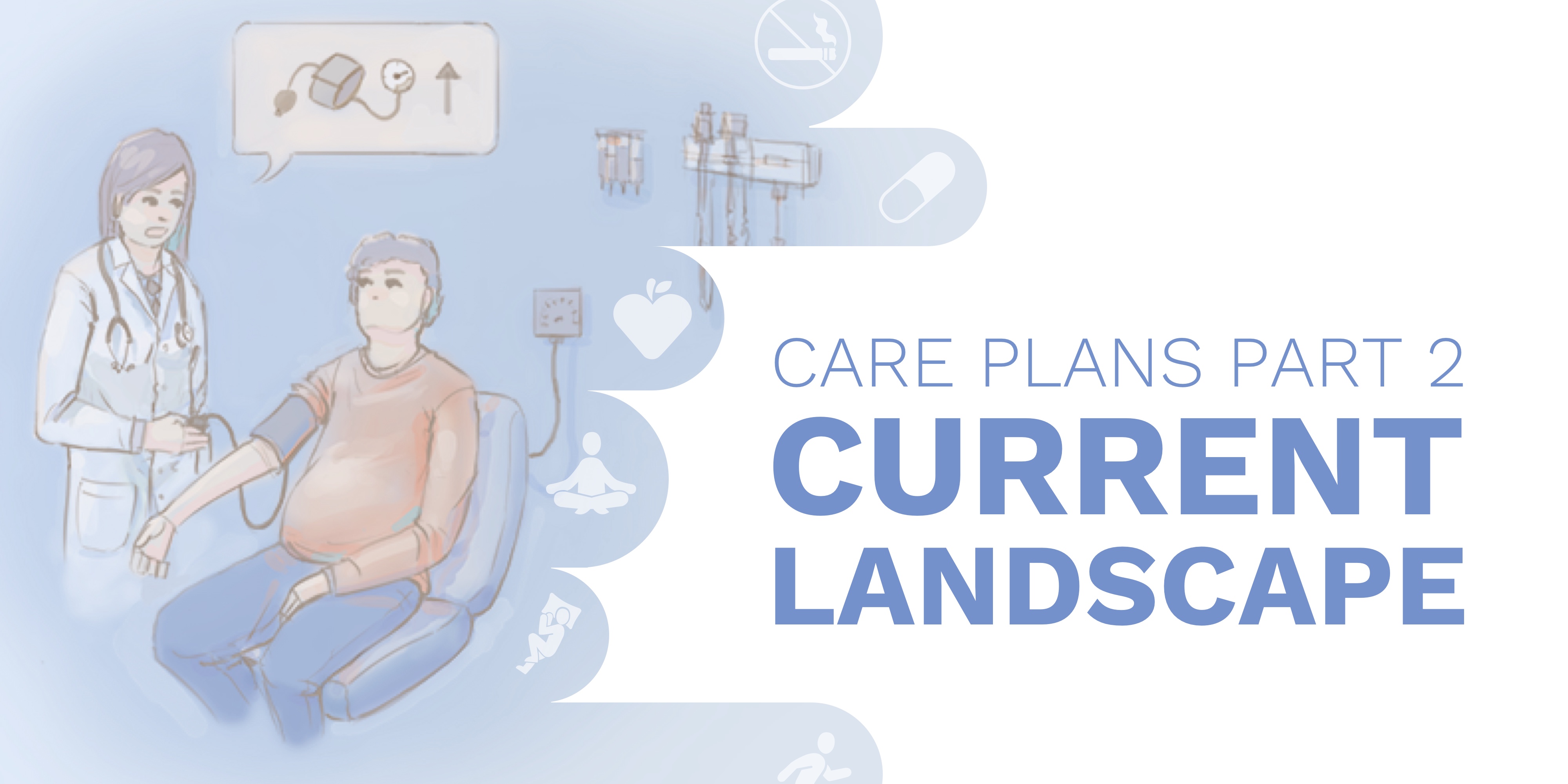
Download
eBook
Download
Presentation
The Care Plan Series
Overwhelmed. It is how most patients feel at one point or another as they leave that sterile-smelling, fluorescent-lit doctor’s office. They have just spent 10-25 minutes being hastily examined, diagnosed, and, if they are lucky, educated about how to address their medical problem. They either leave the office empty-handed, or they walk out holding a generic pamphlet, which will likely end up under an unmanageable pile of papers or in the trash. Unless there was a major change in their treatment plan, many patients go home, forget what the doctor ordered, and continue on their usual journey of whatever harmful behaviors landed them at the doctor’s office in the first place. And without a clear, tangible plan for how to better their health, how are they supposed to behave any differently?
There is a loose, under-utilized semblance of a "plan of care" in most health data sets. You'll find them mentioned in the standard Continuity of Care Document (CCD), the FHIR framework, and CMS's recent chronic care management code documentation. Yet, somehow no one really knows what you are talking about when you say the words "care" and "plan" together in a sentence. So, with the help of designers, engineers, and field experts, we set out to understand everything we could about care plans to then visualize our findings in a 3-part feature series.

The first feature examines how the concept of a care plan came to be and our understanding of it today.

The second feature visualizes the current care planning process and limitations, and evaluates existing care plan- related services.

The third feature explores what these findings mean for the future of care plans and our shifting healthcare system, and proposes a call to action.
Our feature series has three goals. We aim to spread both awareness to the general public about the benefit of care planning, as well as empowerment to demand such practices from doctors. We aim to inspire healthcare designers, entrepreneurs, and providers to prioritize care plans in their innovative products and practices. And we aim to encourage health policymakers to both establish a care plan database, and examine the cost of incorporating care planning into standard practice. Only in a new era of digital, standardized, adaptive care plans can we truly promote preventative self care.
Want to Work Together?
Want to take your healthcare or care plan product to the next level? Contact the authors at GoInvo:

info@goinvo.com
617-803-7043
661 Massachusetts Ave, 3rd Floor, Arlington MA, 02476

At GoInvo, we’re known for our unique, industry-leading approach to healthcare user experience. We design, build, and ship beautiful software for companies of all sizes, from the market leaders of today — including Apple, Johnson and Johnson, Partners HealthCare, and Walgreens — to the micro startups that will create the markets of the future.
Founded in 2004, we specialize in design for genomics, healthcare IT, mHealth, wearables, and other emerging technologies. We’ve produced high- quality, usable, beautiful applications that are used every day by over 150 million users.
Authors
Contributors

Web Designer & Developer
Yanyang Zhou

Web Designer & Developer
Jennifer Patel
@catamariface

GoInvo, MIT
Juhan Sonin
@jsonin

University of Missouri | toomanyclicks.com
Jeff Belden, MD
@jeffbelden

University of Michigan
Joyce Lee, MD, MPH
@joyclee

THINK-Health | Health Populi blog | Huffington Post
Jane Sarasohn-Kahn, MA, MHSA
@healthythinker

Healthcare Provocateur
Harry Sleeper
@harrysleeper


